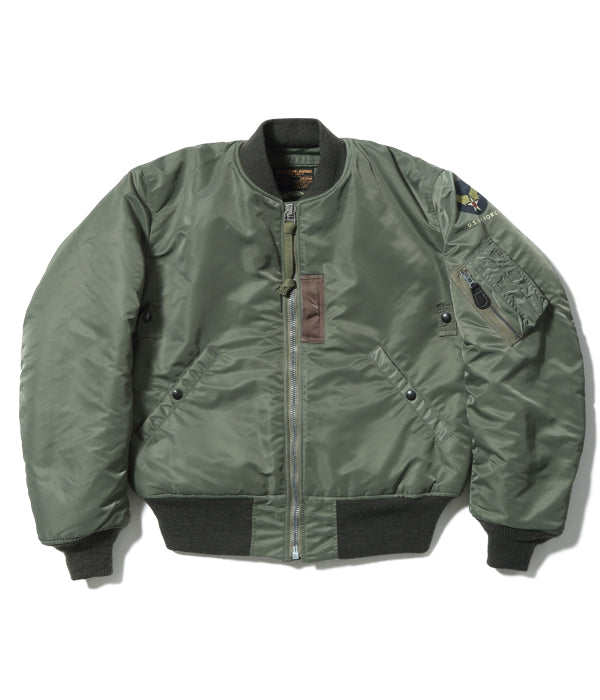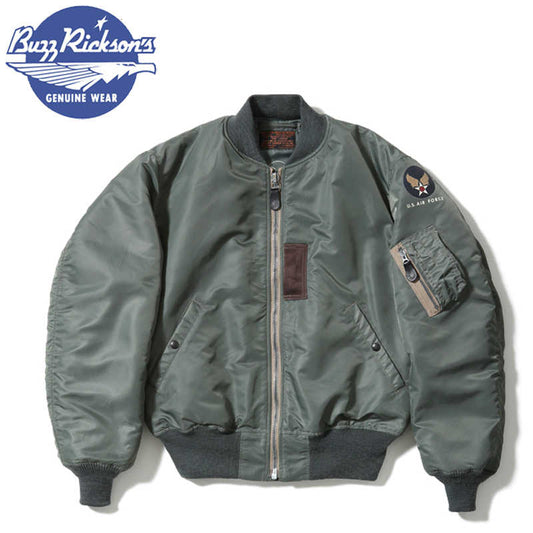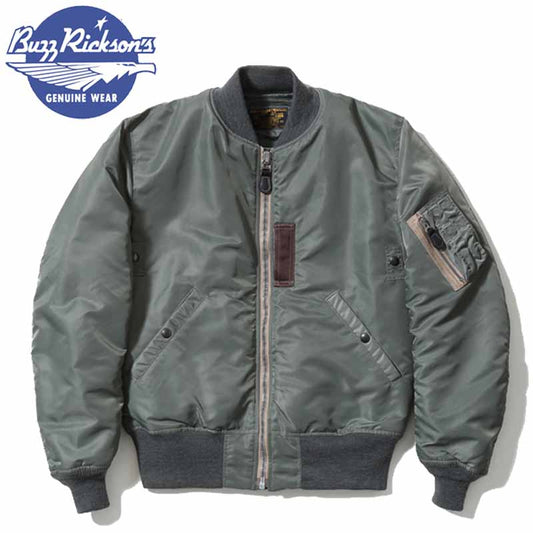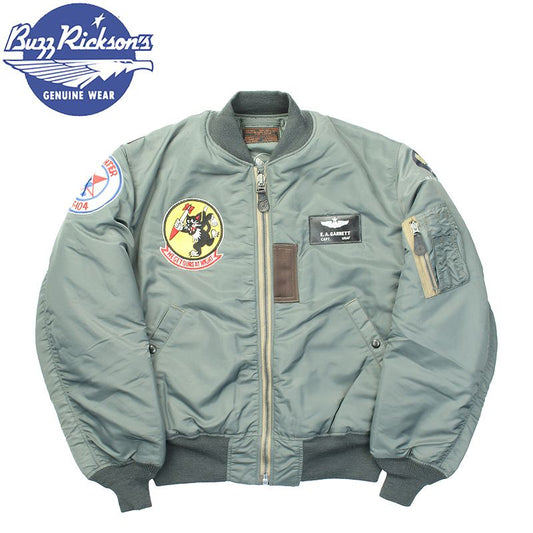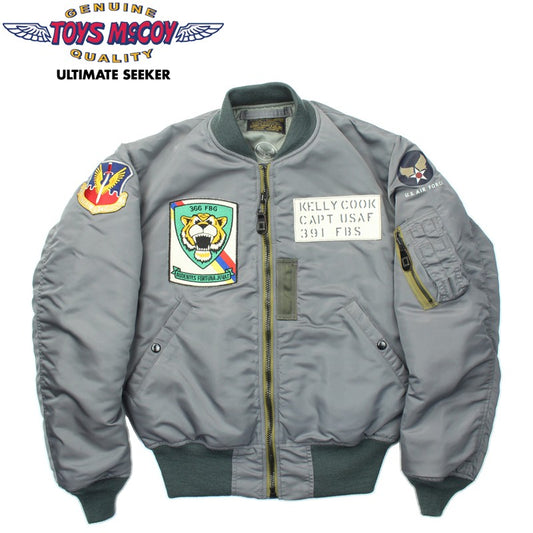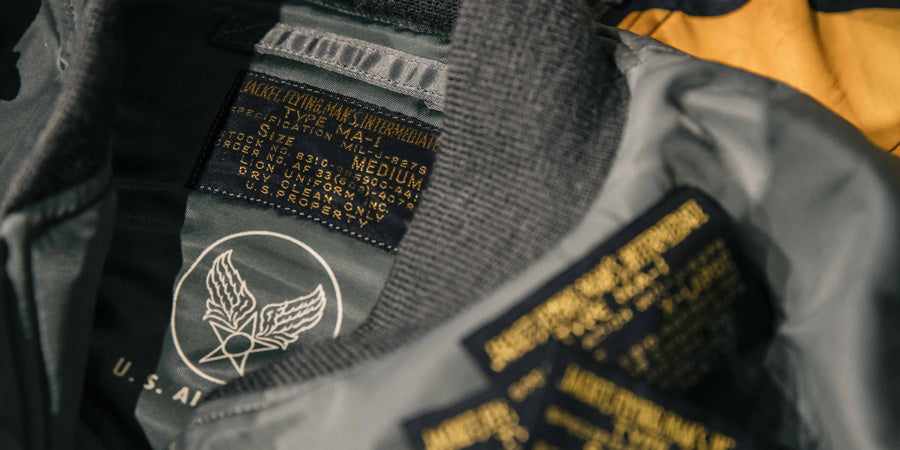
All You Need to Know About MA-1 Flight Jacket
When it comes to military wear, the MA-1 flight jacket is without a doubt one of the most iconic and enduring pieces out there. Developed for the U.S. Air Force in the early 1950s, this jacket has evolved far beyond its original purpose, becoming a staple in fashion for decades. Curious about what makes the MA-1 so special? In this article, we’ll dive into its rich history, break down its unique features, and explore the craftsmanship that keeps it a favorite for both collectors and fashion lovers alike. Let's get started!
What is MA-1 Flight Jacket?
Among the numerous flight jackets in existence, the MA-1 stands out as the most popular and longest-lasting model. The development of the MA-1 began in the early 1950s, with its design based on the B-15 series, which had been the standard issue flight jacket up until that point. The B-15 was introduced in 1943 as an evolution of the cotton-based B-10 and was continuously updated in response to rapid technological advancements and the progression of military aviation.
The most significant improvement made with the MA-1 was the removal of the jacket’s bulky fur collar, an adjustment driven by the transition from propeller planes to faster jet aircraft. Jet planes required an overhaul of aviation gear, leading to the need for a collarless design that wouldn’t interfere with helmets. Since its adoption in 1957, the MA-1 remained a staple for U.S. Air Force personnel until the CWU45/P jacket replaced it in 1976. Over the years, several refinements were made to the MA-1, continuously enhancing its design. Its influence extended far beyond military use, becoming an iconic piece in the fashion world, a testament to its timeless appeal.
Key Details of the MA-1 Flight Jacket
The MA-1 flight jacket is renowned for its superior functionality and comfort. As military aircraft evolved, so did the jacket, undergoing numerous refinements. Each detail served a purpose, designed to provide the best possible gear for pilots during their missions.
Development of the MA-1 began in the early 1950s, and it was officially adopted in the mid-1950s. It was designed for use in intermediate zones (temperatures ranging from -10°C to 10°C), replacing the B-15 series, which featured a large mouton fur collar. The MA-1’s design removed this bulky collar, making it more suitable for use with the new hard helmets needed in jet aircraft.
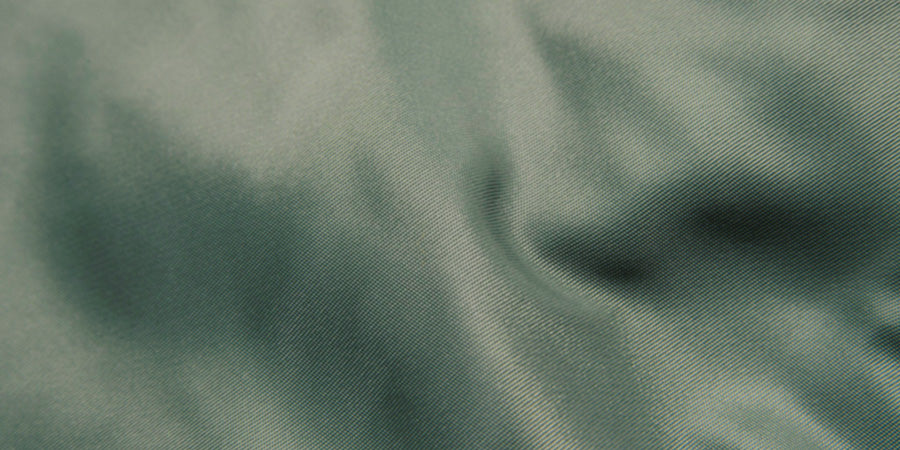
1. Outer Shell - Heavy Nylon Twill
The outer shell is made from durable military-grade nylon, typically in the standard military color of sage green. The fabric is a heavy nylon twill, consisting of 36 individual fibers spun into a single yarn, with a warp of 70 denier and a weft of 200 denier. These measurements indicate the thickness of the fibers (1 denier equals the weight of 1 gram per 9,000 meters of thread). The fabric is densely woven, with 240 vertical threads and 80 horizontal threads per square inch, resulting in a material that balances strength and flexibility.

2. Lining – Reversible Rescue Orange
The jacket's lining is made of lightweight nylon twill. In early versions, both the outer shell and the lining were sage green. However, by the time of the MIL-J-8279D revision, the lining was changed to "rescue orange," allowing the jacket to be reversed in emergency situations, making downed pilots more visible to rescue teams. Additionally, labels that were once sewn on the back of the jacket were moved inside the slash pockets for added convenience. After further revisions in 1978 (MIL-J-8279F), the MA-1 was repurposed for ground crew use, at which point the lining returned to sage green.

3. Oxygen Tab
The MA-1’s oxygen tab is located near the front zipper, designed to secure the hose of an oxygen mask during high-altitude flights. In early models, this nylon tab was essential for pilots. However, starting with the MIL-J-8279B model, the oxygen tab was eliminated as equipment needs changed.
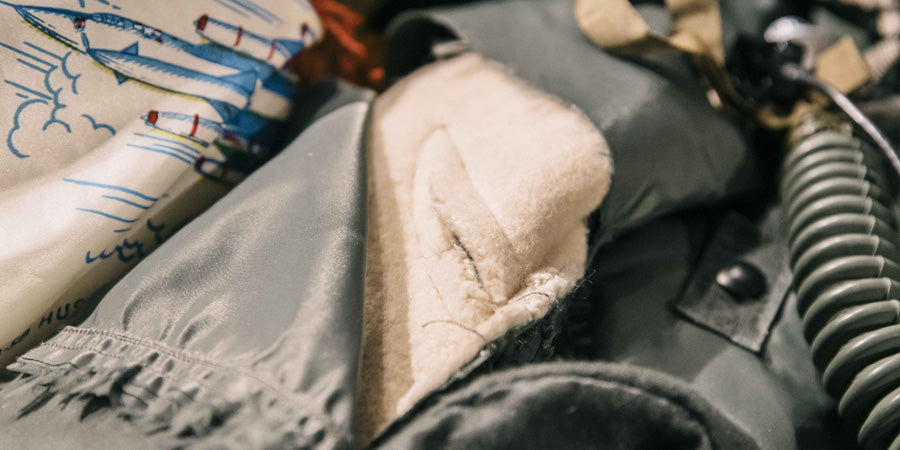
4. Interlining/ICS Code Loops
The interlining, sandwiched between the outer shell and the lining, provides insulation to keep the wearer warm at high altitudes. It’s made from a wool pile fabric (58% wool, 42% cotton) that naturally shrinks slightly over time, molding to the wearer’s body for a customized fit.
The ICS code loops, located under the arms, were originally included to secure communication system wires in the aircraft. These loops were removed in later models as the technology became outdated.
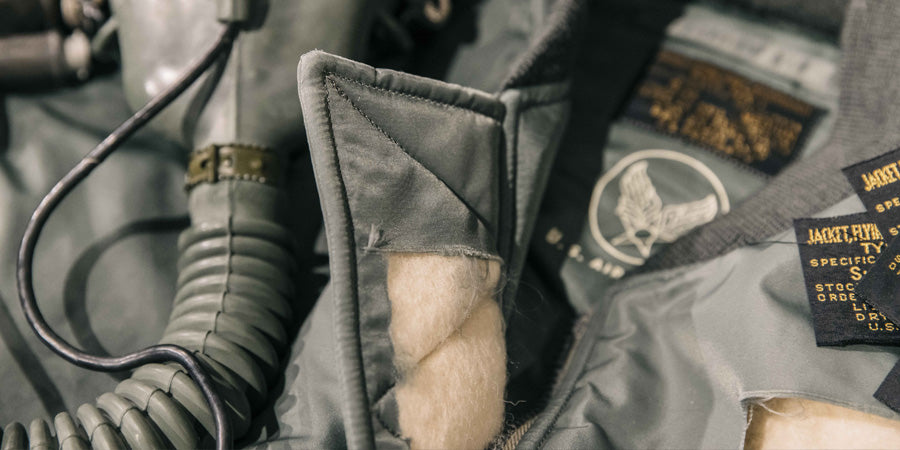
5. Wind Flap
The wind flap, positioned behind the front zipper, prevents cold air from seeping through. Early models had a square-edged design, but later versions featured a rounded edge to prevent it from irritating the wearer’s chin. The flap is secured with zigzag stitching to keep the interlining in place.
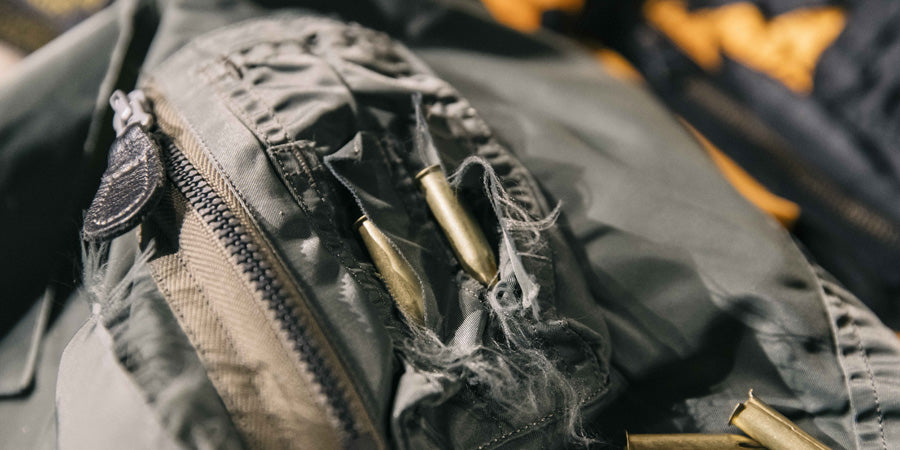
6. Utility Pocket
The MA-1’s utility pocket (also known as the cigarette pocket) is located on the left sleeve. It is large enough to hold a cigarette case and also includes slots for four pens. A protective cap on the pen slots prevents the fabric from tearing, showcasing the jacket’s attention to practical details.
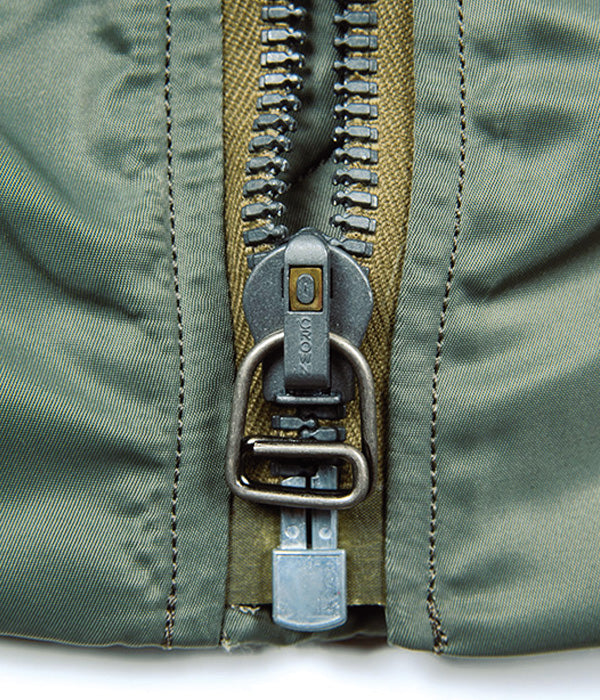
7. Zipper
Zippers are among the most critical elements of the MA-1 jacket. Depending on the contractor and the production period, the zippers used could vary, but the CROWN zippers were particularly notable for their unique design. These zippers featured a spring-cam lock mechanism that automatically locked the zipper in place when the slider was released. The large pull tab, designed for easy use even with gloves, added a practical touch. Although CROWN zippers were eventually replaced by more cost-effective alternatives in the late 1960s, they remain a sought-after feature in vintage and reproduction jackets. The MIL-J-8279D model introduced a reversible zipper, with pull tabs on both sides for ease of use.
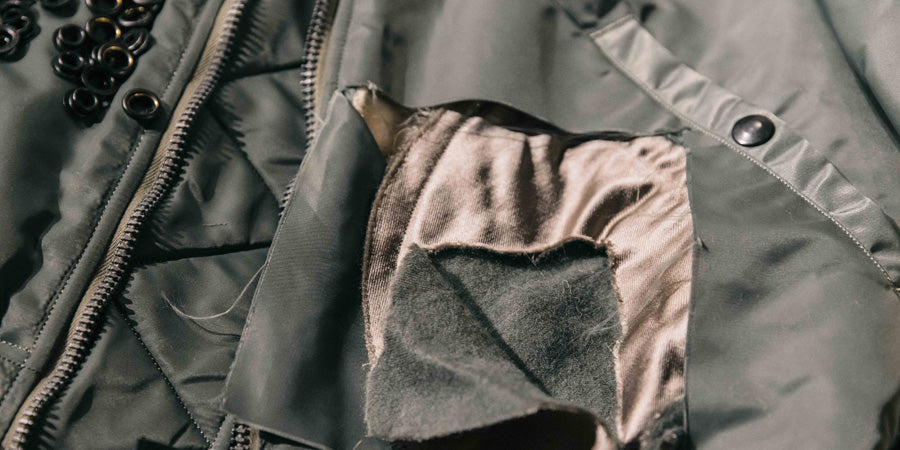
8. Main Pockets
The main pockets are located on either side of the waist. Initially, to distinguish the MA-1 from the L-2B (a similar flight jacket for warmer climates), the MA-1 featured pockets without flaps, while the L-2B included flaps. However, starting with the MIL-J-8279E revision, flaps were added to the MA-1’s pockets to prevent items from falling out. The interior of the pockets is made from double-faced fabric (65% rayon, 35% wool), with the wool side facing inward to keep hands warm. This fabric was also used in the L-2B lining, where the rayon side was positioned inward for smooth movement, showing a practical approach to material usage during production.
Since its adoption in the mid-1950s, the MA-1 flight jacket has been beloved by U.S. Air Force personnel, continuing to serve as gear for ground crew after its retirement as a flight jacket in 1976. Over the years, the MA-1 has undergone numerous refinements to better protect pilots, leading to its evolution as a highly functional and reliable garment. Today, the jacket's influence has expanded far beyond military use, becoming an enduring icon in the fashion world. Its combination of utility and style makes it a jacket that transcends its origins, appealing to a wide audience across multiple generations.
Klaxon's Top Picks for the Best Ma-1 Flight Jackets!
-
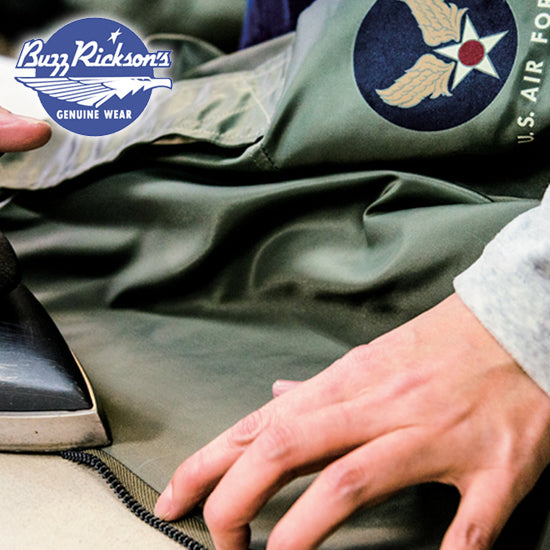
Buzz Rickson's
Learn More about Buzz Rickson'sBuzz Rickson's is renowned for producing authentic, high-quality replicas of vintage military wear, using original materials and manufacturing techniques. With a deep commitment to historical accuracy and craftsmanship, their items, such as the MA-1 flight jacket, faithfully replicate the look, feel, and durability of the originals, making them highly valued by military enthusiasts and collectors.
-
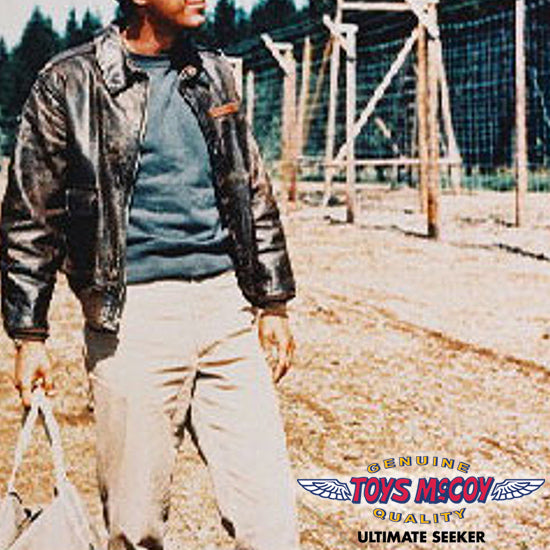
Toys McCoy
Learn More about Toys McCoyToys McCoy specializes in premium, historically accurate reproductions of classic military and workwear, blending meticulous craftsmanship with modern functionality. With a focus on limited production and attention to detail, items like their MA-1 jackets combine authentic charm with contemporary comfort, earning high praise from discerning collectors and fashion enthusiasts alike.
Recommended MA-1 Flight Jackets
-
BR14900 / BUZZ RICKSON'S Type MA-1 "ALBERT TURNER & CO., INC."
Regular price $562.00 USDRegular priceUnit price / per -
BR14920 / BUZZ RICKSON'S Type MA-1 SLENDER ORIGINAL SPEC. "BUZZ RICKSON MFG.
Regular price $562.00 USDRegular priceUnit price / per -
BR15571 / BUZZ RICKSON'S Type MA-1 1st MODEL ALBERT TURNER & CO.INC. "319th FTR.INTCP.SQ."
Regular price $640.00 USDRegular priceUnit price / per -
TMJ2431 / TOYS McCOY TYPE MA-1 ALBERT TURNER MIL-J-8279A 366 FBG "BOLD TIGERS"
Regular price $719.00 USDRegular priceUnit price / per$1.00 USDSale price $719.00 USDSold out

